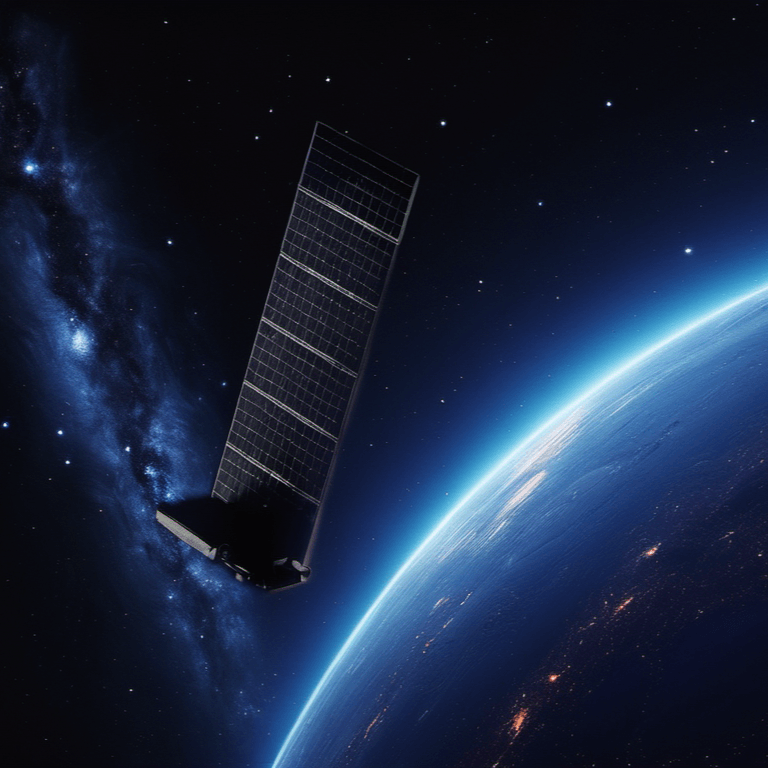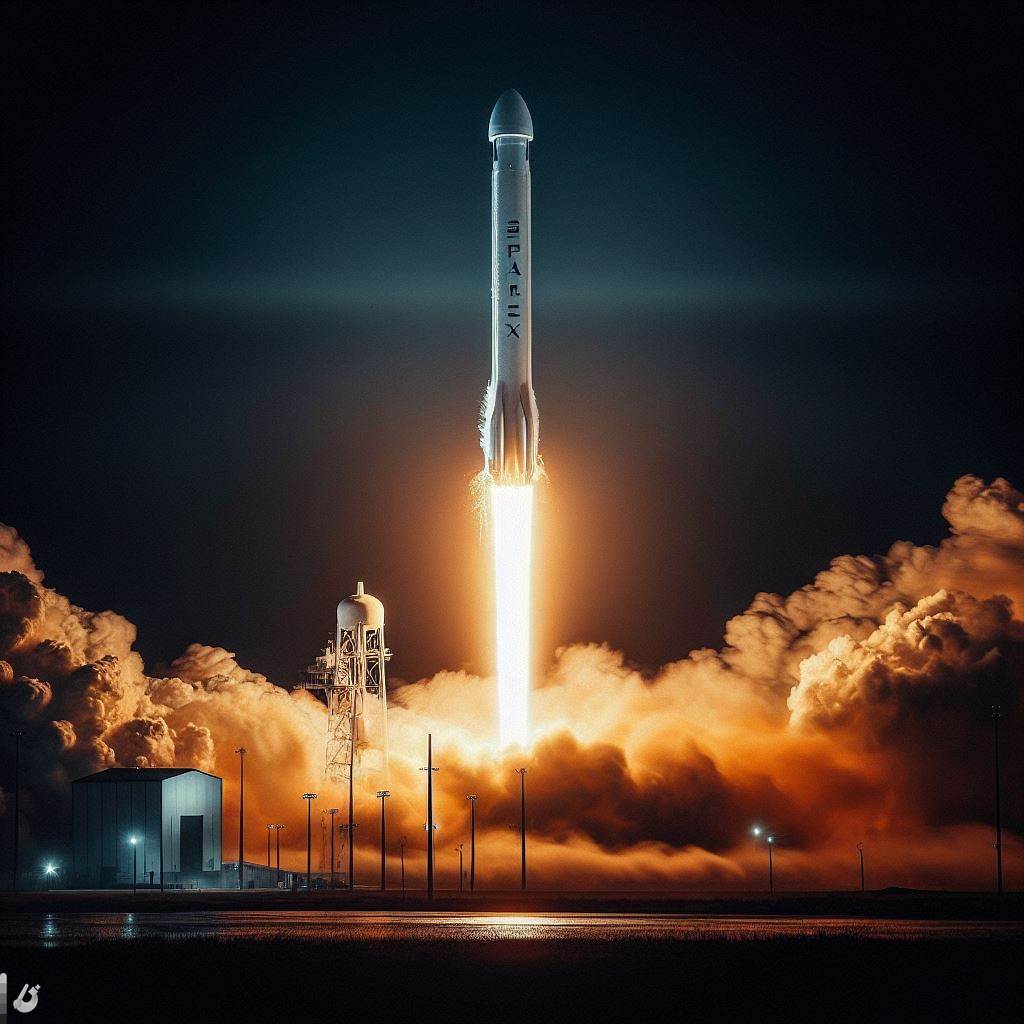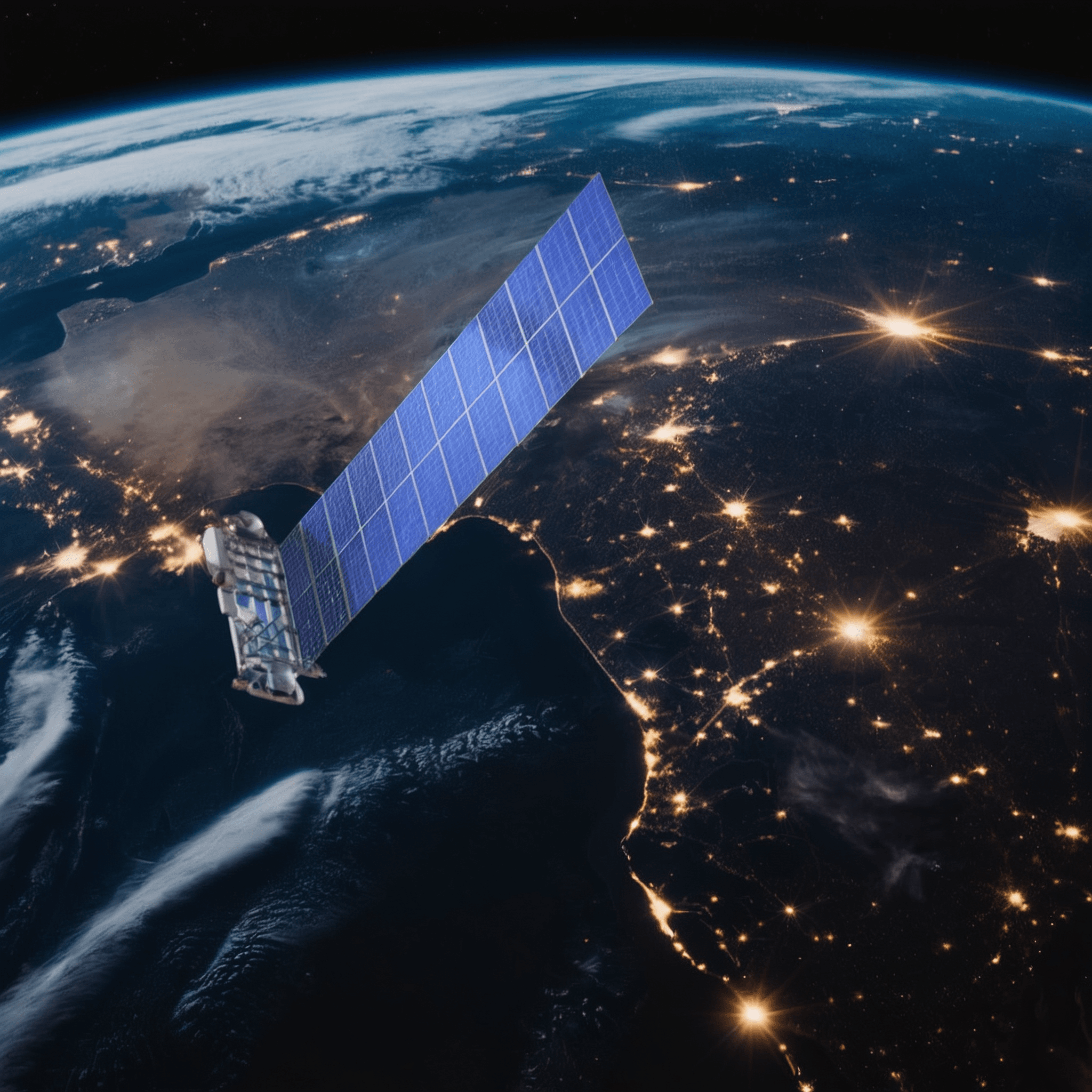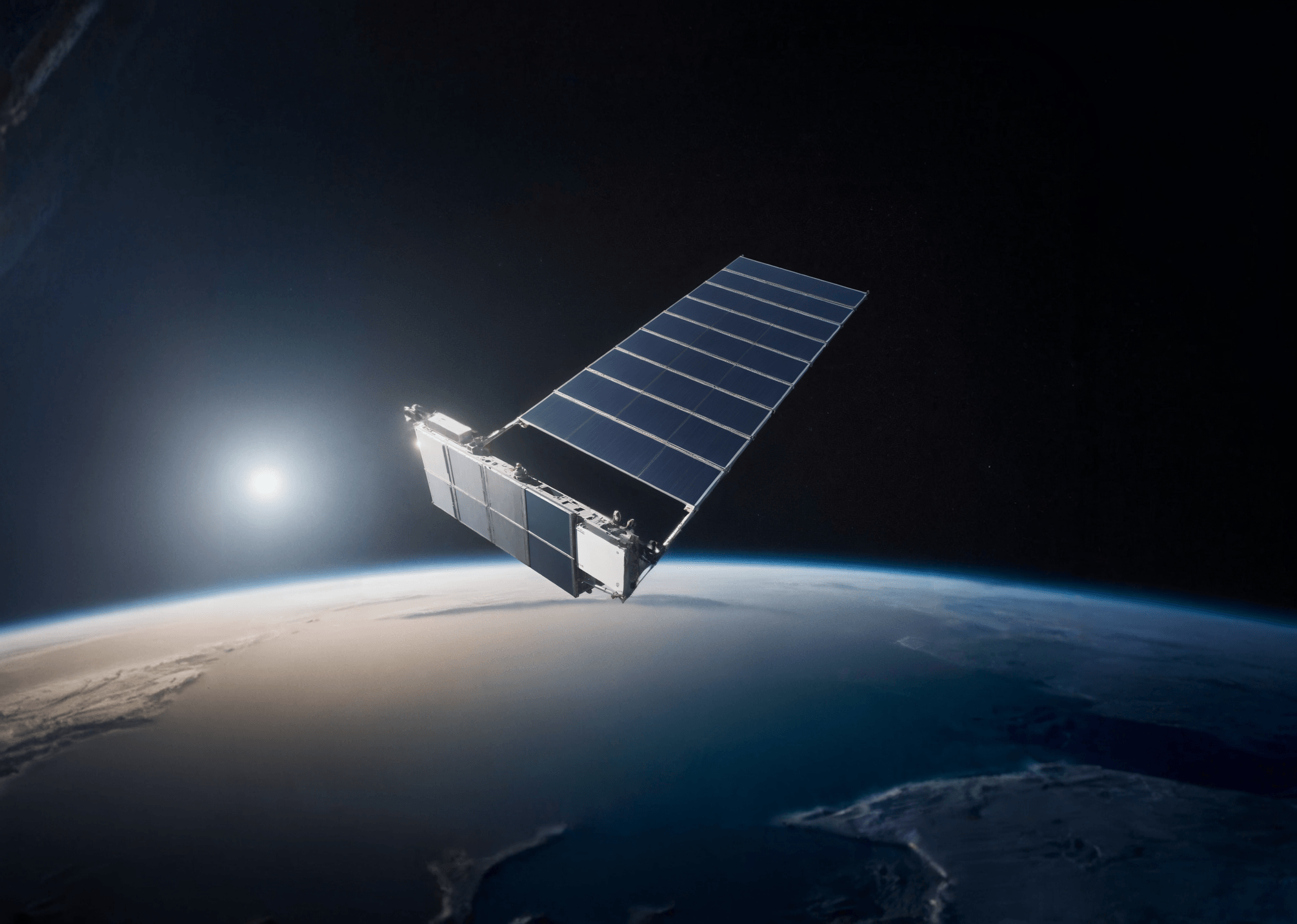· deep dive · 4 min read
Mega-Constellations Are Set to Flood Earth's Orbit
We forecast how many satellites could be in orbit by 2030 and what capabilities we can expect.
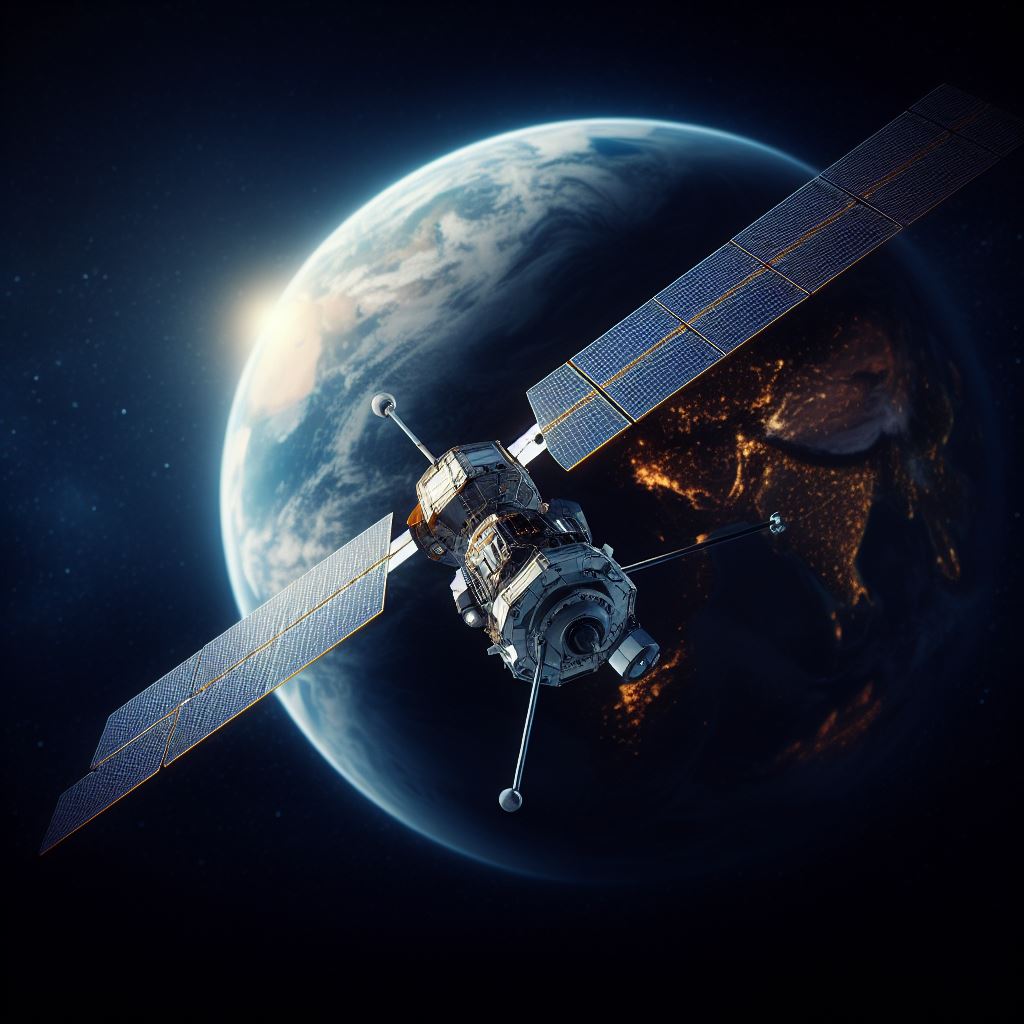
Imagine gazing up at the night sky in 2030 and seeing not just stars, but thousands of moving lights crisscrossing the heavens. What may look like a sci-fi vision or alien invasion is actually the proliferation of satellites in Earth’s orbit. Companies are launching constellations made up of hundreds or even thousands of small satellites to provide services like global internet access and observation of our planet. But along with potential benefits, these mega-constellations raise serious concerns about space sustainability.
Just How Many Satellites Are Up There?
As of 2023, there are over 4,500 active satellites surrounding Earth, a number which has nearly doubled in just the last three years. Of those, over 5,100 belong to gigantic networks dubbed “mega-constellations” by aerospace companies and researchers.
To envision what swarms of satellites look like, consider the trailblazer, SpaceX’s Starlink network. The brainchild of founder Elon Musk envisions nearly 30,000 satellites gracefully orbiting Earth in multiple orbital “shells” like layers of a cosmic onion. As of December 2023, the company had launched over 4,000 Starlink satellites with plans to scale up rapidly.
Hot on their heels, other major players are entering the satellite internet race, including Jeff Bezos’ Amazon Kuiper, which wants to lift a whopping 3,236 satellites using its planned fleet of Blue Origin rockets. Additionally, the company OneWeb has lofted 640 out of a projected 648 satellites so far.
Even foreign space agencies aim to get in on the action, with China intending to deploy 13,000 satellites between two state-owned mega-constellation programs before 2030. Russia, India, and more countries have announced similar plans that could swell the satellite census even higher in the coming decade.
Super-Fast Internet Everywhere on Earth
The biggest application of these satellite swarms is to provide broadband internet access to the entire globe. Companies promise that users could soon get wifi through consumer antenna terminals anywhere at fibre-optic speeds no matter how remote.
Rural towns could gain modern data access comparable to big cities, helping bridge economic and educational divides. Industries like agriculture, transportation, and energy could monitor their equipment remotely and gather data more efficiently from satellites. During disasters that shatter ground infrastructure, global satellite internet could provide lifesaving communications channels.
There’s also enthusiasm around new kinds of real-time Earth observation offered by satellite mega-constellations. Environmental scientists hope to track changes to vegetation, flood zones, and melting ice caps through regular high-res imaging. Aid agencies could watch for emerging crises around the world. Meteorologists expect sharpened weather predictions and climate insights from the torrents of satellite data.
Worries About the Future of Space
However, many experts within and outside the space sector have raised alarms about mega-constellations’ unprecedented scale and speed of deployment. Collisions loom as perhaps the most dire and immediate issue.
In 2021, a defunct Soviet satellite and old Chinese rocket collided in the first accidental smashup in orbit, creating over 1,500 pieces of debris that could persist for decades. Since the impact velocity of objects in space can reach over 22,300 mph, even tiny fragments can critically damage satellites.
Space agencies already track over 128 million objects between 1 mm to 1 cm in size around Earth along with 34,000 larger chunks. Mega-constellations threaten to exponentially worsen the existing debris problem, increasing the chance of rapid chain reaction crashes that could render some orbital zones unusable. This doomsday scenario is called “Kessler Syndrome” after the NASA scientist who first modeled it.
Astronomical Interference
Mega-constellations also endanger science and culture by photobombing telescopes scanning deep space. Their sunlight reflections and radio signals leak into images and data, frustrating researchers and enthusiasts peering into the cosmos for signs of distant planets or listening for intelligent alien messages.
Some mega-constellation operators, such as SpaceX, have tried to mitigate this issue by applying dark coatings or sunshades to their satellites. But the full effectiveness of these measures remains uncertain. With expanding satellite swarms surrounding Earth, tensions continue between promises of progress and principles of sustainability.
Reining in the Satellite Stampede
Taken together, mega-constellations promise revolutionary tech but also scope for unprecedented space clutter. Avoiding a “tragedy of the space commons” requires international cooperation urgently.
The UN committee on Peaceful Uses of Outer Space (COPUOS) oversees non-binding debris guidelines, while the FCC and NOAA regulate US mega-constellations by requiring debris mitigation plans. However, no mandatory worldwide standards exist currently regarding end-of-life disposal, collision avoidance, or brightness limits on new satellites.
The next decade may determine if access to space remains viable for future generations. In 2030, gaze at the new view and see not just innovation but responsibility. The night sky links humanity as it did our ancestors - and though satellites bring change, preserving our cosmic vista matters too.
